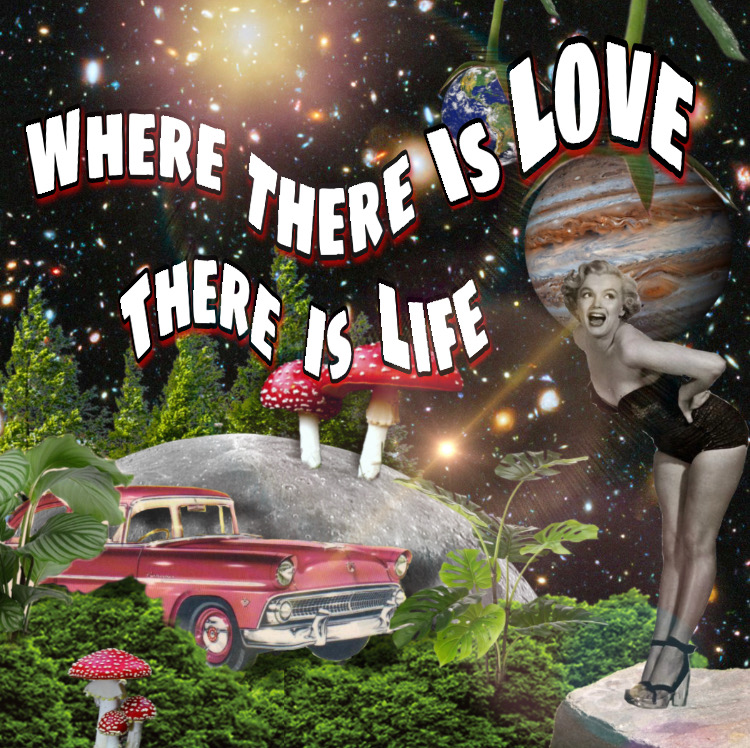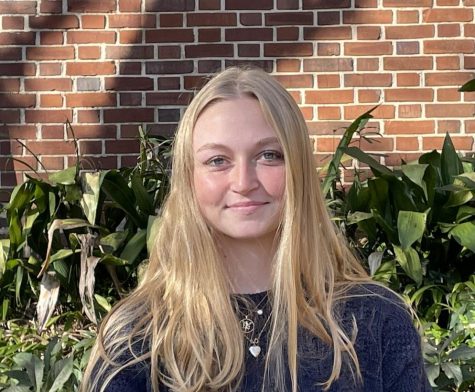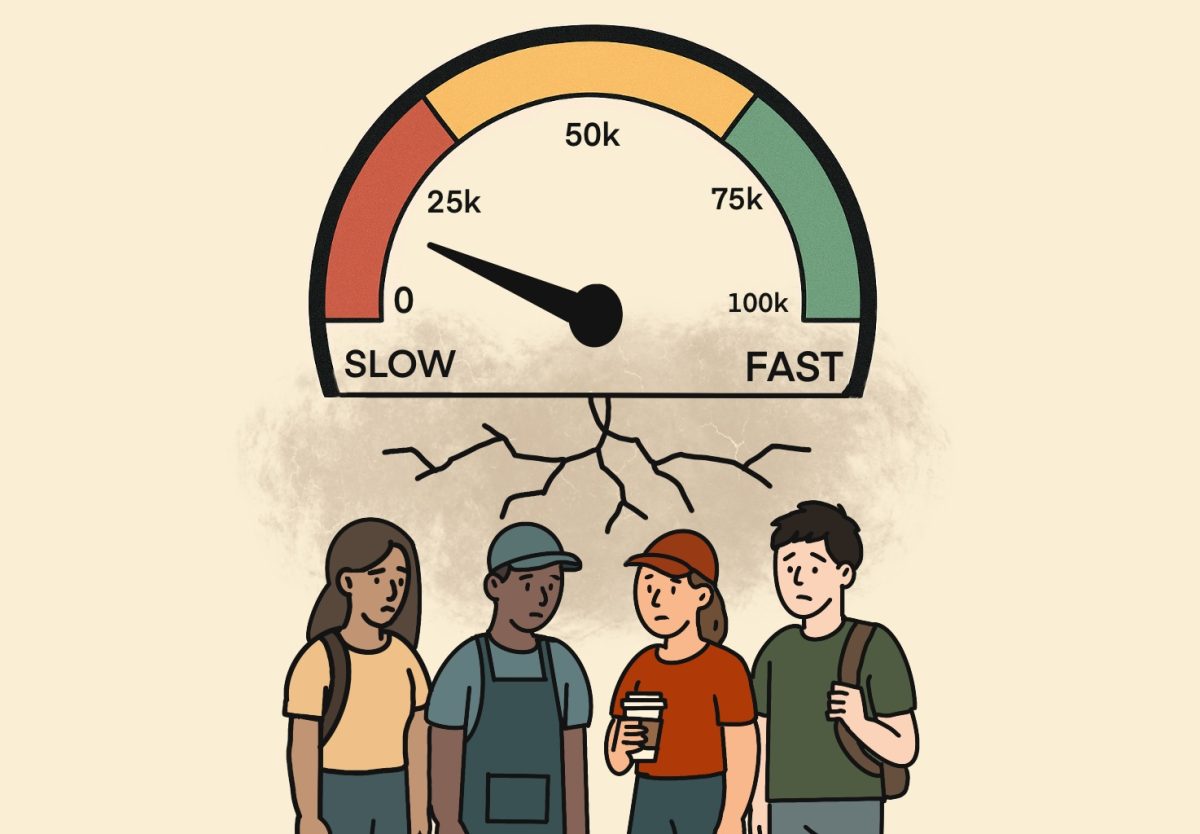American Love Project promotes hope, unity for students
Seniors Mackenzie Service and Murphy Weis collaborated to create their American Love Project. The project currently has over 2,000 submissions.
November 12, 2021
As you walk into the Midtown art studio, you’re met with splashes of vibrant colors and paintbrushes everywhere you look. Students’ creative minds explore the bounds of their artistic talents.
Midtown AP Studio Art students recently participated in the American Love Project, a nationwide art project produced by 29 Pieces, a non-profit organization that aims to bring about change through art. The project currently has over 2,000 submissions.
29 Pieces was founded by graphic artist Karen Blessen after she witnessed a man being shot and killed in front of her house. According to 29 Pieces, Blessen started the organization to, “Engage, involve and inspire our country’s youth to use art to learn, share and live the ideals of non-violence and kindness.”
“As a result of the Trump presidency, there’s a general feeling that the complexity and ambiguity of things that make America what it is are starting to be washed away by a patriotic, facist sweep,” AP Studio Art teacher John Brandhorst said. “In order to combat that, [Blessen] said what we need is not patriotism. She thinks we need to understand the complexities of love. “
The American Love Project was produced during the pandemic when Americans were searching for love and hope. The project is meant to lead individuals “in art-making and dialogue about the power of love and art,” according to the program’s mission statement.
The organization also works with students and professional artists to create public sculptures and mural projects.
Brandhorst learned about the project through Atlanta Public Schools administrators and decided it would be a positive addition to his AP Studio Art curriculum.
“The administrators said, ‘this is a project we want to be involved in, and let’s see if we can get a mass of schools and programs to submit work to it’,” Brandhorst said. “For my AP class, it becomes an awesome project because it demands typography, and it gets at the principles of artmaking that I think are most important. It forces artists, at least in my classes, to grapple with the proper, powerful use of typography.”
For the project, students were required to create a square piece that featured a quote they selected from an approved list provided by the American Love Project.
“We had a lot of freedom to choose things like fonts and color schemes,” said senior AP art student Brody Weiss. “I really enjoyed the project. It was fun using words in art because it’s not something I usually do, and it pushed me out of my comfort zone.”
The project provided an opportunity to learn about different forms, James Washington, a senior AP art student, said.
“I learned a lot about all the different ways to incorporate words into art,” Washington said. “The quotes varied in length, which meant you had to be careful when choosing and placing it. You want the quote to be the main focus of the piece, but you also want to play around with typography and lettering to help it stand out.”
While the project had general requirements as to how it should be formatted, students were free to interpret the directions as they pleased.
“It’s interesting to think that the possibilities for the project were endless,” Mackenzie Service , also a senior AP Art student, said. “Each and every person could analyze and represent a quote differently. It’s a beautiful description of the subjectivity of art.”
Senior Meg McGahan enjoyed the creative freedom the project encouraged.
“I really enjoyed the project,” Mcgahan said. “I love the wide range of subjects [Brandhorst] assigns us for our pieces, and this was different from the others we’ve done this year. I also love doing typographic art, and I hadn’t really done it in a while, so it was really fun to get back to it.”
Brandhorst hopes the project helped students gain confidence to explore different art forms and projects.
“I hope they learn that typography is nothing to be afraid of,” Brandhorst said. “There are ways to use it powerfully and ways to use it poorly, and I think that’s a really big reason students are scared of it. I also wanted to make sure that when they’re producing work, that it goes out of the school; so, that it’s not just a school project. Taking part in the larger opportunities is a really big part of being an artist. Otherwise, it’s just like a musician who never actually performs on stage.”







